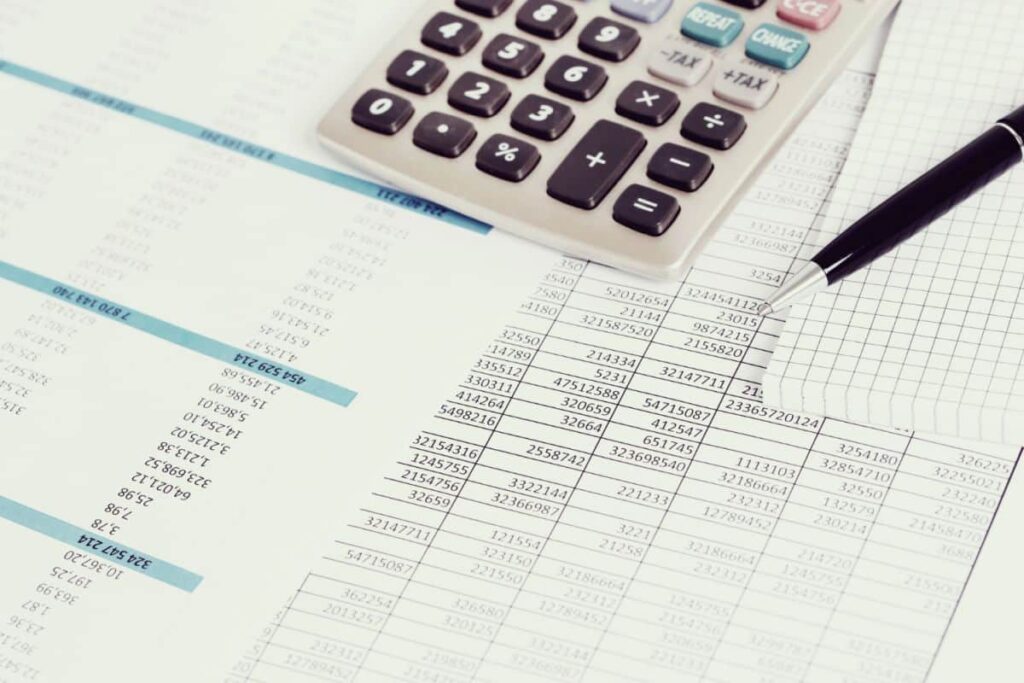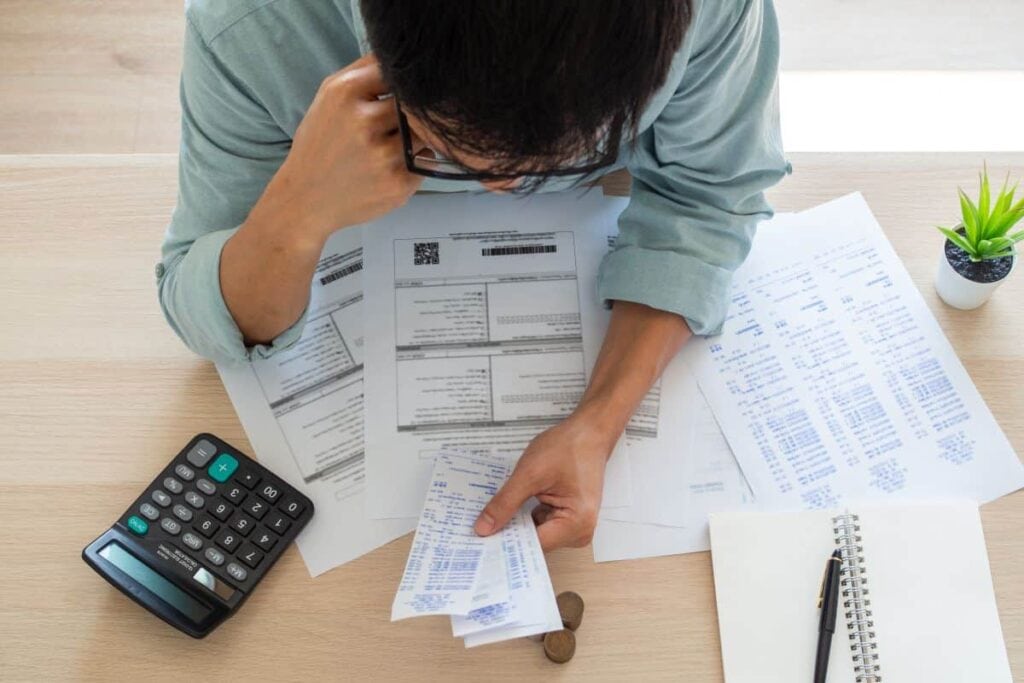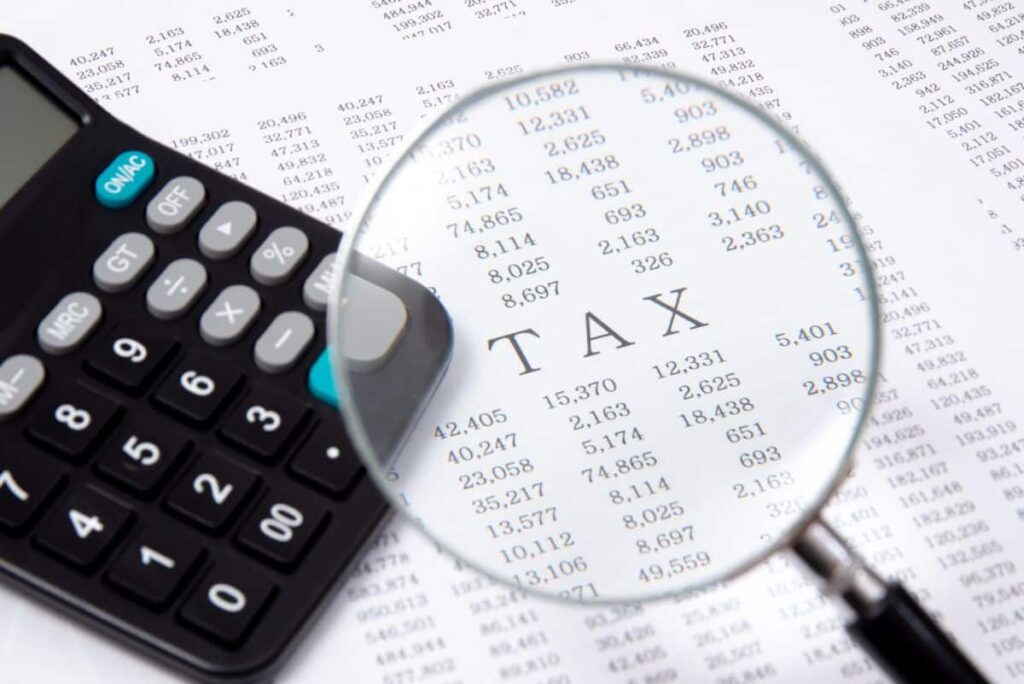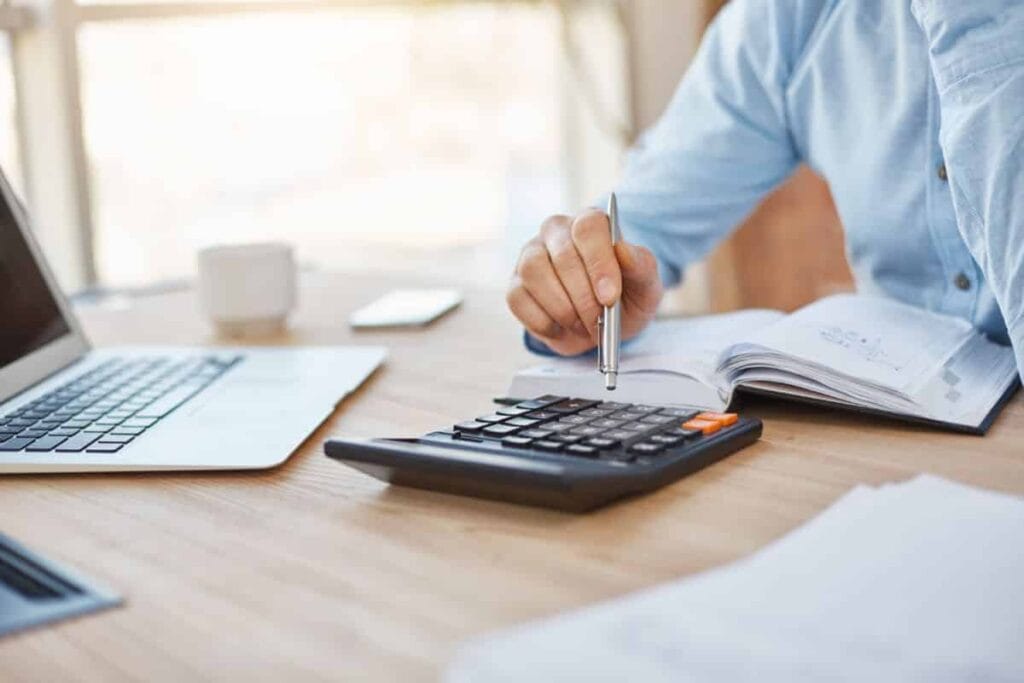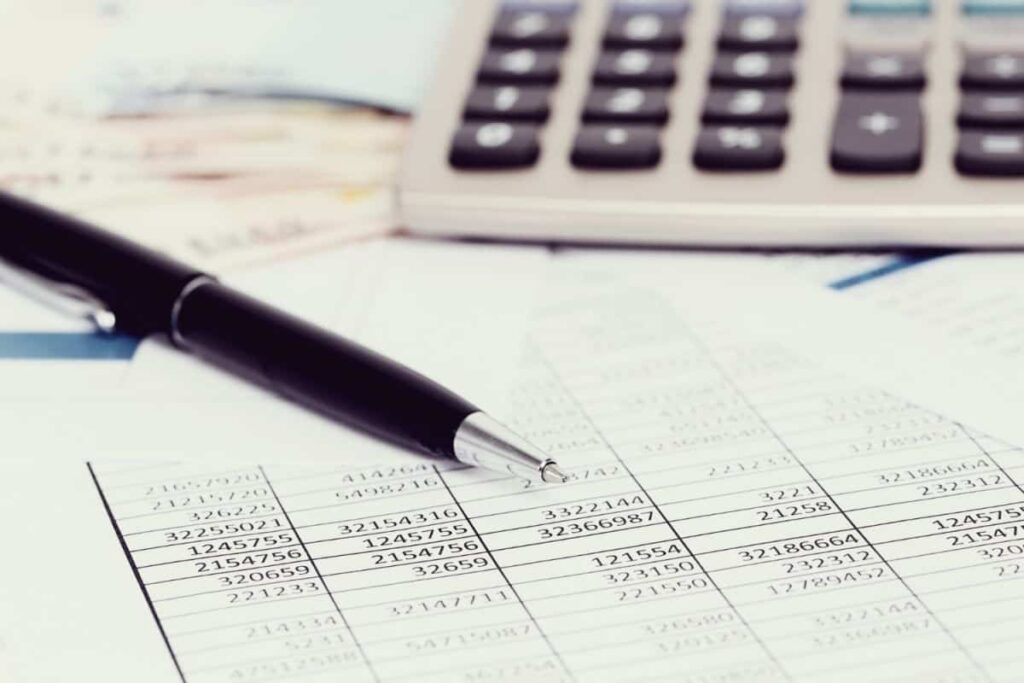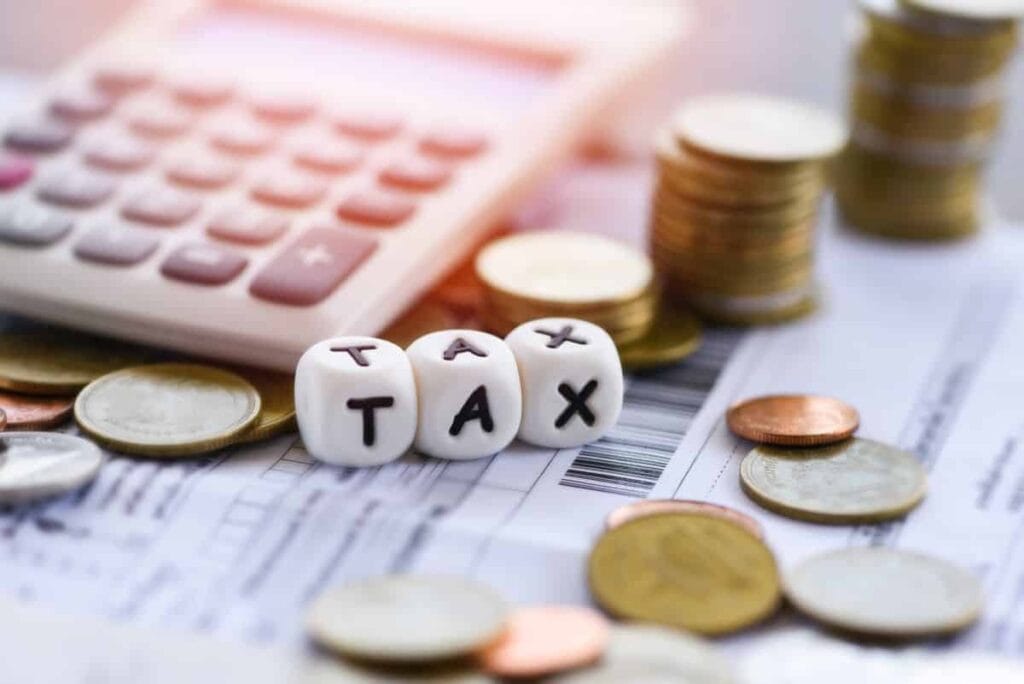Australian taxpayers explore strategies to optimise deductions as the financial year ends. Property investors and company owners commonly underestimate depreciation. This blog post will provide vital depreciation deduction suggestions for tax season.
Understanding Depreciation
Depreciation in Australian tax means accepting that most investment and company purchases will only endure for a while. Consider that a new automobile loses value when you drive it off the lot. This applies to houses and their contents as well as automobiles and gadgets.
Depreciation accounts for asset wear and tear over time. The value of income-generating assets like rental houses and commercial equipment declines with time. This decline costs investors and business owners, not just accountants. The Australian Tax Office (ATO) lets us deduct this drop in value, which is a big tax benefit.
If you own a rental property, the structure and its fixtures and fittings—like the oven, air conditioning, and carpets—depreciate with time. The ATO determines depreciation rates for different assets. The ATO assesses the asset's effective life for these standards.
"How does this help me with my taxes?" Claim depreciation to lower your taxable income. If your rental property makes $20,000 a year, depreciation might save you $5,000. This implies you'll pay taxes on $15,000 instead of $20,000. The cumulative effect of these deductions might reduce your tax liability.
However, depreciation regulations may be complicated, especially with periodic tax law changes. This is why many property investors and company owners use Quantity Surveyors or tax accountants. They can calculate precisely and help you maximise depreciation deductions legally and effectively.
Understanding and using depreciation is essential for managing Australian investments and corporate assets. It's about smart financial management and using tax regulations to assist your investing plan, not just claiming what you're entitled to.
Get a Professional Depreciation Schedule
A professional depreciation plan is a sensible decision for Australian property investors. This method can dramatically affect your annual tax return, not simply a piece of advice.
Depreciation schedules detail all the deductions you may claim on your property during its useful life. This is a thorough plan developed by a trained Quantity Surveyor. The value of building materials, assets, and construction expenditures is their speciality.
Why can't we sort this out ourselves? Calculating depreciation requires more than math. Understanding tax regulations, which change frequently, and how building materials and assets depreciate is key. Here come Quantity Surveyors. They have the skills and legal authority to create an accurate, ATO-compliant schedule.
How does a professional depreciation schedule help? Imagine having an air conditioner, refrigerator, carpets, blinds, and more in a rental apartment. Individual objects depreciate at various rates per ATO standards. A Quantity Surveyor classifies these things and estimates their effective life depreciation. They also look at the construction costs of the building to determine what you can claim.
The beauty of a professionally prepared depreciation schedule is that it maximises your deductions. You might be surprised to discover things you hadn’t even considered, like certain flooring or the kitchen sink, can be depreciated. This means more money back in your pocket come tax time.
And it's not just about the first year. A well-prepared schedule lays out the depreciation claims you can make for up to 40 years, ensuring you benefit in the long term. The tool is useful for your continuing investing plan.
Australian property investors need a competent depreciation schedule. Being comprehensive, compliant, and increasing investment return is key. Despite the upfront cost, the tax benefits you might enjoy in the long term make it a smart financial investment.
Know Your Entitlements
Knowledge of your depreciation rights is like finding gold in your garden when optimising your Australian tax benefits, especially if you're a property investor or business owner. Depreciation accounts for property and asset wear and tear. Understanding Division 43 and Division 40 depreciation is the true magic. Not just tax jargon—these are the keys to huge tax reductions.
Let's start with Division 43, often called capital works deductions. This is where you claim the wear and tear on the building's structure itself. We're talking about the bricks, mortar, roofs, and tiling on your property. It means accepting that the structure won't last forever. The ATO permits you to deduct the property's original construction cost, but it must have been built after a particular date. Don't get discouraged—many homes contain hidden capital works deductions.
Then there's Division 40, which covers plant and equipment deductions. This includes your air conditioning, blinds, carpets, and smoke detectors. Because they wear out faster, these objects depreciate faster than the structure. What's fascinating here is how specific the ATO is about these items. They have detailed lists and effective life estimations for many items. It's like a menu of deductions, and knowing what’s on this menu can significantly boost your tax returns.
Understanding these two categories is important since each has its own depreciation rules and rates. various assets depreciate at various rates. The carpet in your rental property depreciates quicker than the building. This detailed understanding can greatly affect tax estimates.

Now, things have become intriguing. Did you know you may depreciate previous owners' upgrades if you buy an existing home? This is sometimes forgotten in depreciation entitlements. It's like uncovering a treasure when you realise the previous owner's kitchen makeover might boost your tax savings.
Depreciation regulations are complicated; therefore, navigating them is difficult. Knowing these two categories isn't enough—you must know how to apply them. Many Australians use tax specialists or quantity surveyors to maximise depreciation claims.
Update Your Schedule for Renovations
Renovations' influence on depreciation is commonly overlooked in Australian property transactions. After giving your property a facelift, you should adjust your depreciation schedule, like your house insurance.
Renovations might range from painting walls or changing carpets to adding a room or remodelling the kitchen. Any remodelling, big or little, might affect your property's value and depreciation deductions.
Put it in perspective. Suppose you renovated the bathroom of your rental property. This makeover acknowledges that the new fixtures—tiles, bathtub, sink—have depreciation lifelines and improve the property's appearance. The ATO lets you depreciate these additional components separately from the existing structure. Your tax deductions may increase because these repairs raise your property's worth.
It's not just the newcomers. Old items are typically removed or replaced during renovation. This may qualify you for 'scrapping' deductions. In the financial year, you can deduct the remaining depreciable value if you sell old assets like an oven or air conditioner.
Unfortunately, your previous depreciation plan doesn't account for these modifications. Updating your schedule after refurbishment is vital. Without this step, you may lose tax benefits.
Your depreciation schedule will vary depending on the remodelling. Repairs and maintenance, such as window repair, are not capital improvements and are taxed differently. It's tough to distinguish between repairs and improvements.
Consult a Quantity Surveyor or tax specialist after every remodelling, major or small. They can review your property, incorporate modifications, and alter your depreciation plan. This ensures you comply with ATO laws and maximise tax deductions.
Don’t Overlook Small Assets
Tax deductions for big-ticket purchases typically catch our attention. Small assets, sometimes ignored, can make a startling impact on your Australian tax return at the end of the financial year.
Try to imagine your house or business as more than just pricey stuff. It has smaller, cheaper assets, too. These may be a microwave in your rental property's kitchen, office chairs at your business, or a work phone. These goods may appear little, but they can provide big tax deductions.
The Australian Tax Office (ATO) provides helpful rules. Examples include goods under $300 that can be written off immediately. This implies you may deduct the whole amount in the year you bought the asset instead of spreading it out. A speedy tax return triumph.
Low-value pooling and quick write-off are additional options. Some assets depreciate faster. The rapid write-off allows you to deduct assets below a specific value simultaneously instead of over several years. Low-value pooling lets you accelerate deductions by grouping depreciating assets below a specific value.
It's easy to ignore these minor assets when maintaining a home or business. However, considering every purchase can make a difference. Every $300 chair or $250 printer adds up quickly.
The key is thorough record-keeping. Keep track of every property or company purchase, even if it looks little. This degree of information simplifies tax preparation and maximises deductions.
Use a Diminishing Value Method
Australia offers two ways to claim depreciation on rental property and commercial equipment. The decreasing value strategy is like taking the tax deduction fast lane.
The declining value strategy is simple yet powerful. Front-loading deductions are key. In basic terms, this strategy lets you deduct more depreciation early in an asset's life and less later. This is based on the theory that assets lose most of their value in the first years following purchase.
Picture this: Say you bought a corporate laptop. The decreasing value technique lets you deduct more of its expenses in the first several years. If you're starting a business or property venture, immediate cash flow may be more important.
The decreasing value technique depreciates the asset's remaining book value at a greater rate each year, unlike the prime cost technique, which uniformly distributes depreciation across the asset's life. Your financial plan and goals will determine which option to choose.
For short-term deductions, the decreasing value technique may be best. In the early years of your investment, it can free up funds for reinvestment or other needs.
Remember that the decreasing value technique reduces deductions in later years but increases deductions sooner. This should be considered if you want long-term financial flow.
The Australian tax system is great because you may select the option that fits your finances. This choice requires careful planning. Knowing how a strategy fits your financial goals is as important as choosing one.
The decreasing value technique might be useful in your tax plan if you prioritise cash flow and short-term deductions. All tax decisions should consider your long-term financial health and aspirations.
Claim for Older Properties Too
Depreciation deductions for Australian property investment are often thought to apply primarily to new homes. But older buildings may also provide large depreciation opportunities, and disregarding them could cost you tax benefits.
Consider an older home a vintage automobile. Although it's not new, it's still useful. Similarly, older homes might depreciate elements while the property is past its prime.
The Australian Tax Office (ATO) has unique depreciation claim rules. Depreciation is generally allowed for residential properties built after September 15, 1987. Suppose your home was built before this date. Must you give up? Not necessarily.
Many property owners go wrong here. Original structures may not be depreciable, but repairs or modifications, even by past owners, can be. This might be a new roof, plumbing, or kitchen. You may have a partial history of these renovations, especially if prior owners did them.
Detective work and professional counsel help here. A Quantity Surveyor can find and appraise these improvements to ensure you get what you deserve. Imagine finding riches in your backyard.
But it's not simply the building. Property plants and equipment can also be depreciated. This includes appliances, AC, and flooring. As long as they were installed and used after July 1, 2017, the ATO allows depreciation regardless of the property's age.
Investing in an older home and adding assets or renovating might boost depreciation claims. Recognising that upgrades and improvements add value, not simply the initial structure.
Taking depreciation on an older home is like finding hidden tax deductions. A sharp eye and desire to research the property's history are needed. However, it can significantly lower your taxable income and boost your investment return.
Keep Accurate Records
One of the most important laws of property investing and company is keeping correct records. Like a comprehensive journal, every entry is important. Due to depreciation and tax deductions in Australia, rigorous record-keeping is needed.
Consider that every item you buy for your home or business, from the biggest air conditioner to the tiniest office printer, may be tax deductible. To claim these deductions, you require proof of your costs. Accurate record-keeping helps here.
Let's investigate. Imagine buying a dishwasher for your rental house. To claim depreciation, you must have proof of the purchase date, price, and use of your income-generating property. Photos, receipts, bills, bank or credit card statements, etc. More thorough records are preferable.
Why is so much detail needed? You must verify your tax return claims to the ATO. These records are your strongest protection against an audit. They prove to the ATO that you're not guessing or estimating but using actual spending.
Accurate record-keeping includes asset enhancements and revisions. If you renovate or replace assets, you must document these modifications. As indicated, this updates your depreciation schedule and ensures you claim the right amount each year.
It's not enough to have records; they must be structured and accessible. This involves creating a method to obtain these records, especially during tax time readily. Pick a physical or digital filing system that works for you.
Accurate property investment and company record-keeping are like a sturdy foundation. It supports tax claims, guarantees ATO compliance, and gives peace of mind. Documenting your spending proactively will pay off in smoother tax lodgments and improved tax outcomes.
Conclusion
As we conclude our discussion of depreciation deduction options, it's evident that this complicated area of Australian tax law offers many opportunities for smart taxpayers. Property investors and company owners may save a lot on taxes by understanding and controlling depreciation.
Remember that depreciation isn't a 'set and forget' tax return item. Getting a professional depreciation schedule to know your rights demands attention to detail. Remember, even small assets and renovations can greatly impact your deductions, and the method you choose for calculating depreciation, whether it's the diminishing value or prime cost method, should align with your financial goals.
Moreover, the potential of older properties in terms of depreciation should be considered. Even these properties can yield valuable deductions with the right approach and professional guidance. All these tactics depend on proper record-keeping. It's the backbone of your tax plan, preparing you for present and future taxes.
You want to optimise your tax benefits while complying with ATO rules. Making educated judgements based on your financial requirements and long-term investment plan. Managing depreciation and tax deductions can be difficult, but the advantages are worth it.

Use these methods to maximise your depreciation deductions as tax time approaches. When in doubt, engage with tax specialists to get clarity and confidence in your decisions, making your tax plan as effective and efficient as feasible.
Content Summary
- Australian taxpayers often underestimate depreciation deductions, which account for asset wear and tear over time.
- Depreciation helps to lower taxable income by claiming deductions on income-generating assets like rental houses and commercial equipment.
- The Australian Tax Office (ATO) determines depreciation rates for different assets and assesses the asset's effective life for these standards.
- Understanding and using depreciation is essential for managing Australian investments and corporate assets.
- A professional depreciation schedule is a sensible decision for property investors, as it can dramatically affect their annual tax return.
- This plan, developed by a trained Quantity Surveyor, details all the deductions you may claim on your property during its useful life.
- They have the skills and legal authority to create an accurate, ATO-compliant schedule.
- A well-prepared depreciation schedule maximises deductions, revealing things you might not even consider, such as certain flooring or the kitchen sink, which can be depreciated.
- This means more money back in your pocket come tax time.
- A well-prepared schedule lays out the depreciation claims you can make for up to 40 years, ensuring you benefit in the long term.
- Knowing your depreciation rights is key to optimising Australian tax benefits, especially for property investors or business owners.
- Understanding Division 43 and Division 40 depreciation is the true magic, as each has its own depreciation rules and rates.
- Different assets depreciate at different rates, and knowing what’s on this menu can significantly boost your tax returns.
- Understanding previous owners' upgrades if you buy an existing home can also increase your tax savings.
- Depreciation regulations are complicated, so navigating them is difficult.
- Many Australians use tax specialists or quantity surveyors to maximise depreciation claims.
- Revamping your property's depreciation schedule is crucial for maintaining tax benefits and maximising deductions.
- Australian property transactions often overlook the impact of renovations on depreciation, which can affect the property's value and depreciation deductions.
- The Australian Tax Office (ATO) allows you to depreciate additional components separately from the existing structure, increasing your tax deductions.
- Old items are typically removed or replaced during renovation, qualifying you for 'scraping' deductions.
- Consult a Quantity Surveyor or tax specialist after every remodelling to review your property, incorporate modifications, and alter your depreciation plan.
- Small assets like kitchen appliances, office chairs, or work phones can also provide significant tax deductions.
- The ATO provides helpful rules for immediately writing off goods under $300, low-value pooling, and quick write-offs.
- Keep track of every purchase to simplify tax preparation and maximise deductions.
- The decreasing value method is a powerful way to claim depreciation on rental property and commercial equipment in Australia.
- This strategy allows you to deduct more depreciation early in an asset's life and less later, based on the theory that assets lose most of their value in the first years following purchase.
- The decreasing value technique may be best for short-term deductions, as it can free up funds for reinvestment or other needs.
- Choosing the right tax strategy requires careful planning and considering your long-term financial health and aspirations.
- The decreasing value technique might be useful in your tax plan if you prioritise cash flow and short-term deductions.
- All tax decisions should consider your long-term financial health and aspirations.
- Depreciation deductions for Australian property investment can be beneficial, especially for older buildings that may depreciate elements while the property is past its prime.
- The Australian Tax Office (ATO) has unique depreciation claim rules, which allow depreciation for residential properties built after September 15, 1987.
- However, if your home was built before this date, you may not have a full history of repairs or modifications made by past owners.
- Detective work and professional counsel can help you find and appraise these improvements.
- Proper record-keeping is essential for property investing and company owners, as it requires proof of costs, such as the purchase date, price, and use of income-generating property.
- This detail is necessary to verify tax return claims to the ATO, as they prove that you are using actual spending.
- Accurate record-keeping includes asset enhancements and revisions, which update your depreciation schedule and ensure you claim the right amount each year.
- Structured and accessible physical or digital records are crucial for supporting tax claims, guaranteeing ATO compliance, and providing peace of mind.
- Documenting spending proactively will lead to smoother tax lodgments and improved tax outcomes.
- Depreciation is not a 'set and forget' tax return item; getting a professional depreciation schedule requires attention to detail.
- Even small assets and renovations can greatly impact deductions, and the method chosen for calculating depreciation should align with your financial goals.
- Operating your tax benefits while complying with ATO rules is essential for making educated judgments based on your financial requirements and long-term investment plan.
- Using these methods to maximise depreciation deductions, you can make informed decisions and make your tax plan as effective and efficient as possible.
Frequently Asked Questions
A complete depreciation schedule outlines all depreciable assets in your property or business, along with their value and depreciation rate. This is vital since it precisely shows how much you may claim on your assets to optimise your annual tax deductions. Consider it a roadmap for your tax claims on wear and tear.
Absolutely! People think only new homes may get depreciation discounts, but older ones can. You can claim the building structure if your property was built after a certain year (usually post-1987). Any renovations or new fittings, regardless of the property’s age, are potentially claimable. It's always worth checking what you can claim, irrespective of the property's age.
The choice between these two methods depends on how quickly you want to claim your deductions. The diminishing value method front-loads your deductions, giving you higher deductions in the early years. In contrast, the prime cost method spreads the deductions more evenly over the asset’s life. Your choice should align with your financial strategy – whether you prefer immediate returns or consistent long-term benefits.
Record-keeping is important to claim the right deductions and give documentation in case the Australian Tax Office (ATO) audits you. Receipts, invoices, and bank statements verify claims and track asset movements.
Yes, they do! Small assets, especially those costing less than $300, can be written off immediately, offering an immediate tax benefit. The accumulation of these small assets can significantly boost your overall deductions. So, never overlook the small stuff – every bit counts regarding tax time.



